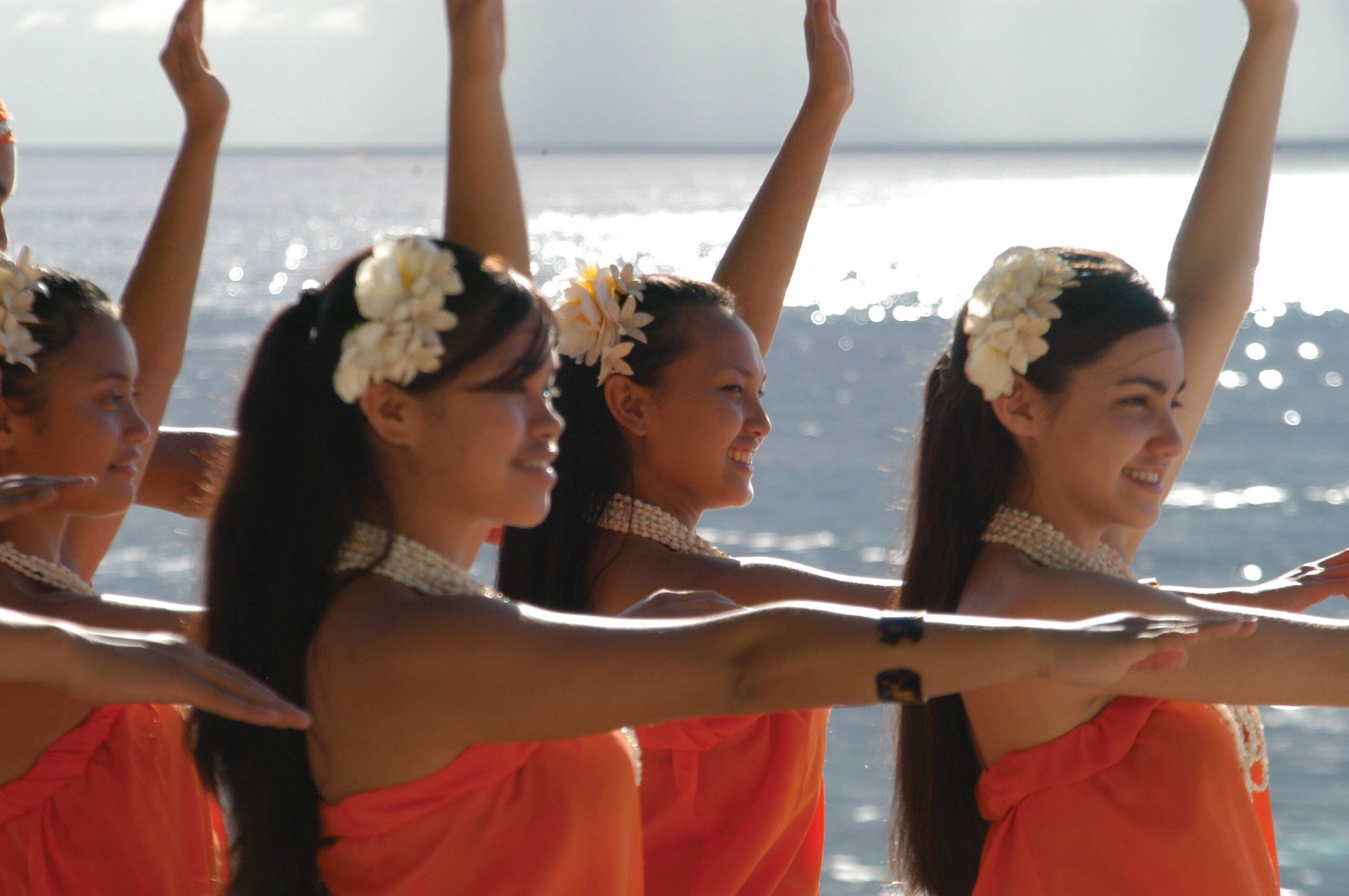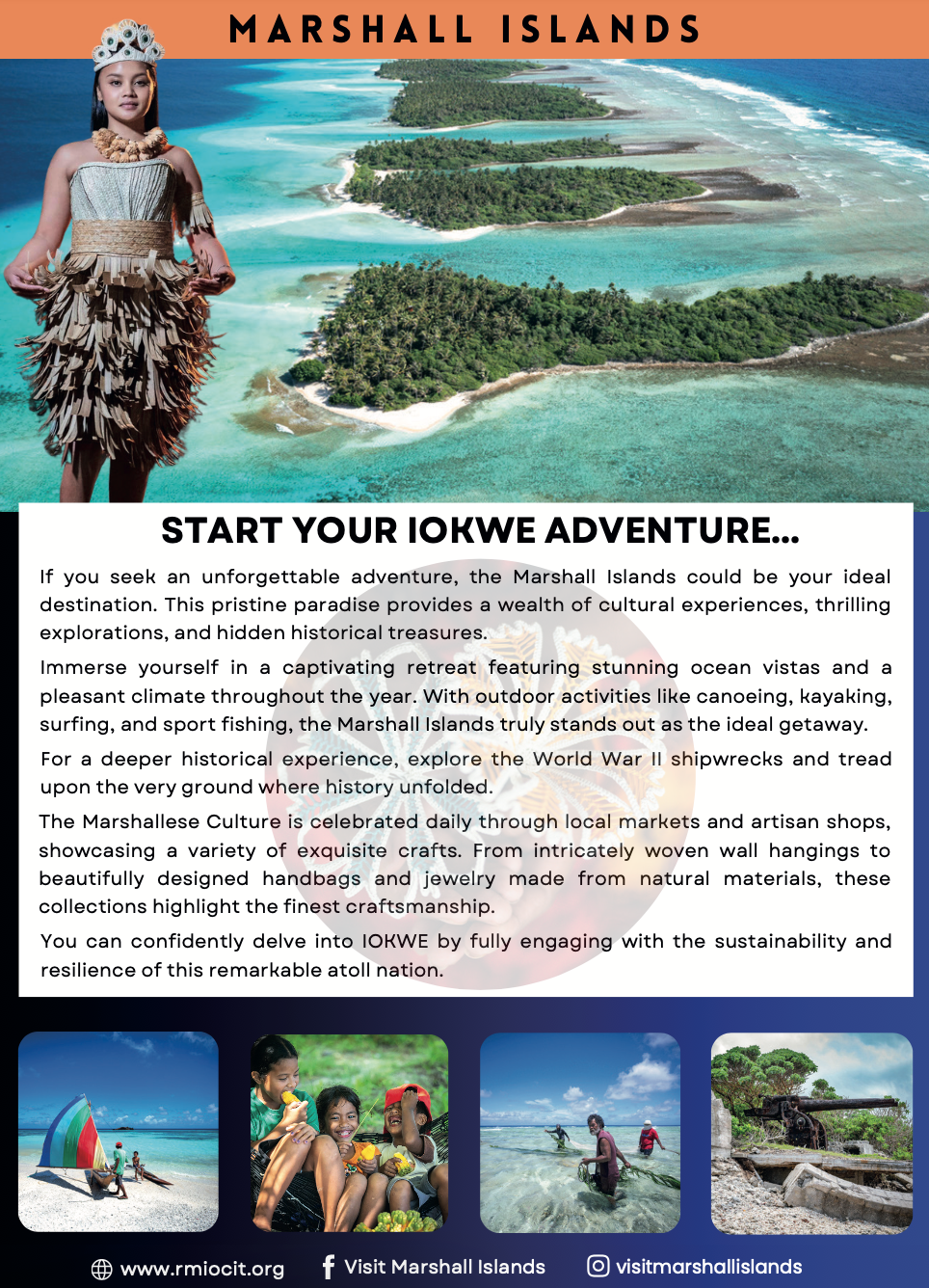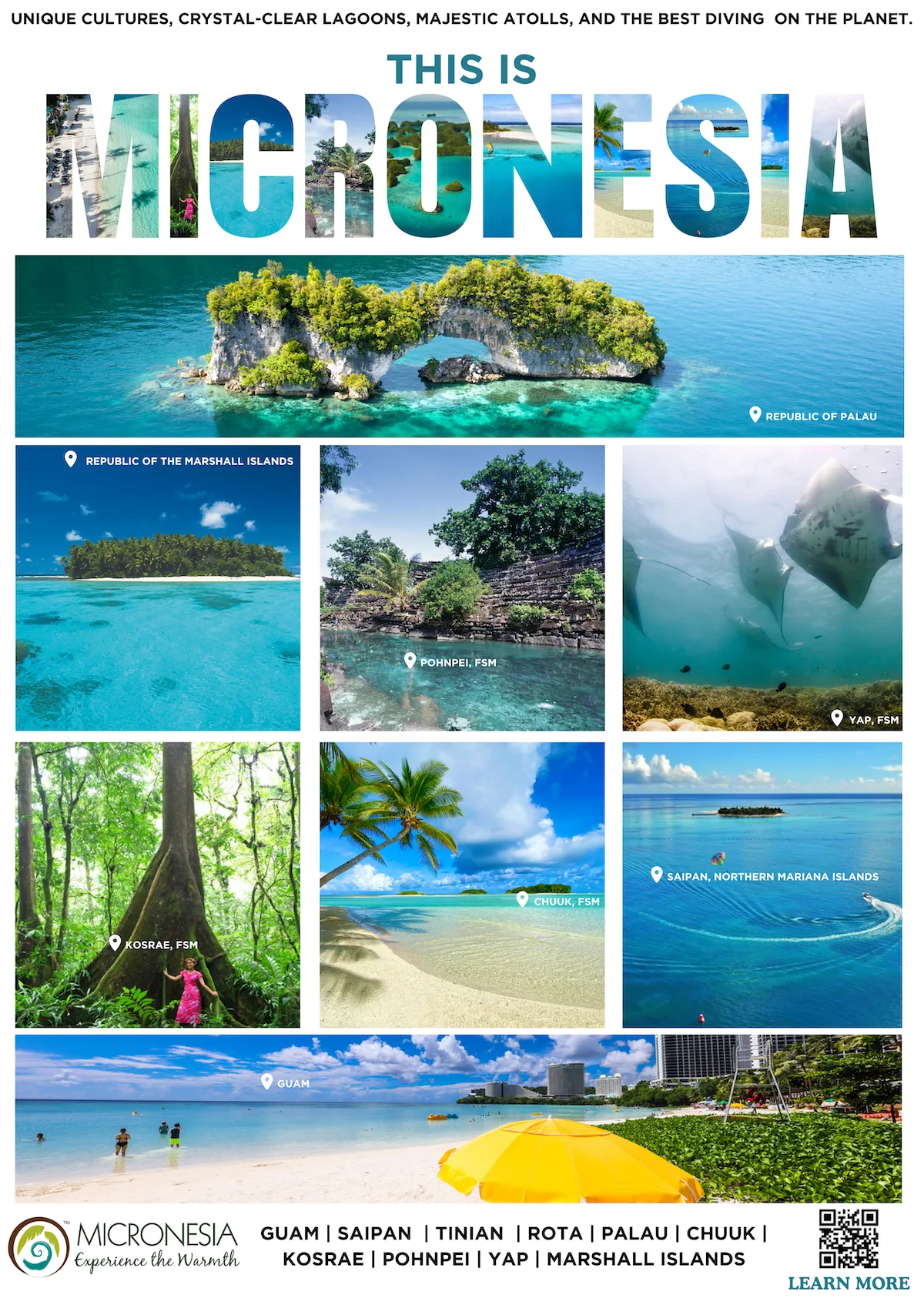People in Guam
History and geography have given Guam a vibrant cosmopolitan population of 167,000.
Guam’s earliest settlers, the Chamorros, who now make up 37% of the population, are thought to have arrived by canoe from South-East Asia, living isolated from the rest of the world as an advanced fishing, horticultural, and hunting society for centuries.
In 1521, Spanish explorer Ferdinand Magellan arrived on Guam and forged a link between Spain and the Chamorros lasting over 300 years until the island became a US Territory in 1898 after the Spanish-American War. The Japanese briefly occupied Guam until 1944 when it was liberated by American forces.
As such, Guamanian charm and warmth is an eclectic blend of Spanish, indigenous Chamorro, Pacific, Asian and Western cultures and traditions.
Languages in Guam
The two official languages in Guam are English and Chamorro. You can get by perfectly by conversing with the locals in English.
Culture & Beliefs
The Guamanian people are a genuinely friendly lot, so be sure to return the “Hafa Adai!” greetings that come your way.
While years of Spanish and American influence has converted most of the island’s population to Christianity, traditional superstitious beliefs still abound.
Chamorros believe that ancestral spirits, or TaoTao Mona, still roam the island’s forests and jungles. As a sign of respect to the ancestors, it is prudent to first seek permission from the spirits before entering the jungle.
While the Guamanian population is now a diverse range of ethnicities, the Chamorros are the native people of Guam, so do take note of whom (and how) to address a Chamorro.





